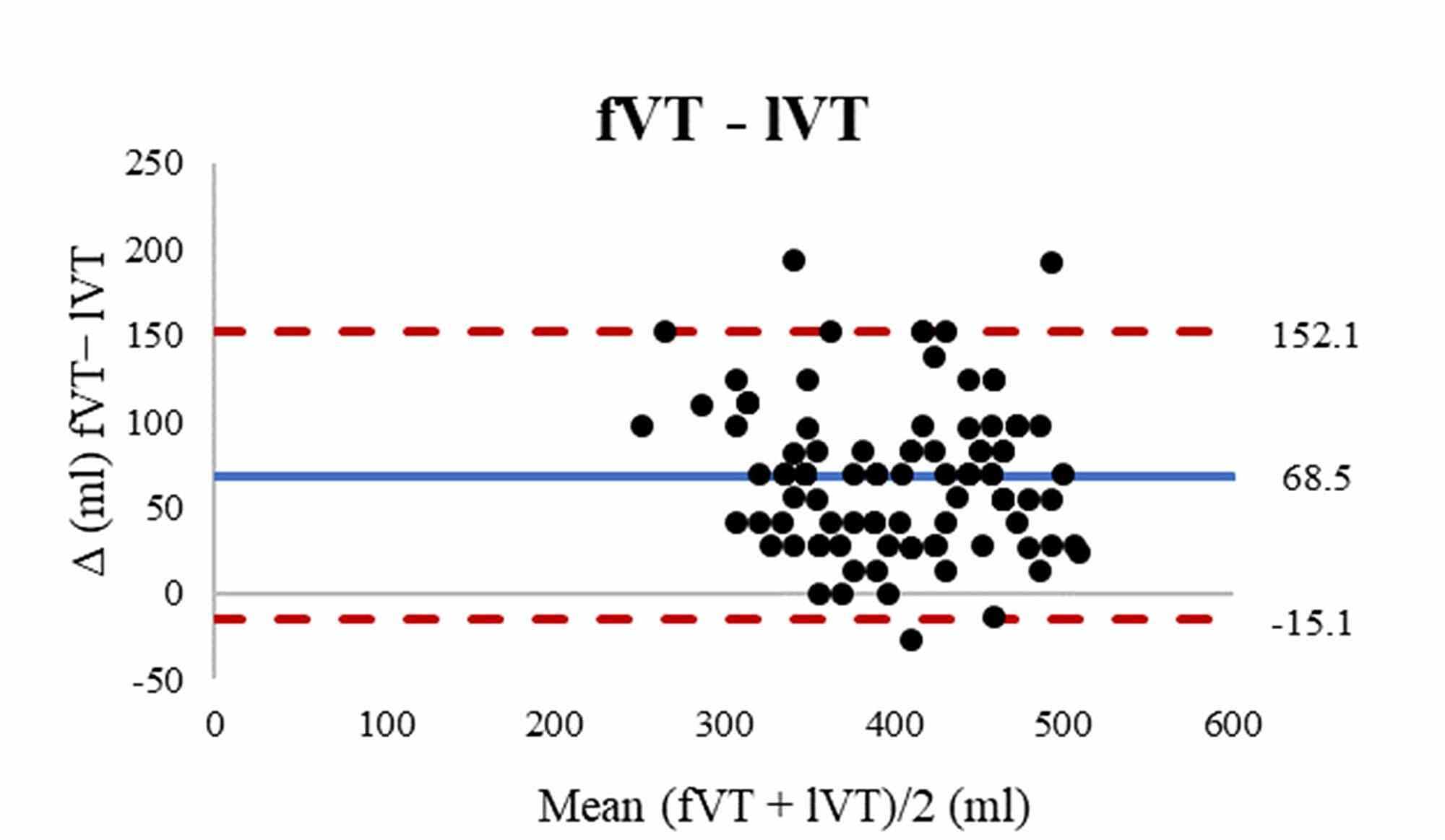

The VUMC institutional review board approved the study with a waiver of consent. We excluded infants who received PLV or high frequency ventilation prior to receiving VTV and infants with congenital pulmonary airway malformations. We included all infants who received VTV as the initial ventilation modality prior to postnatal day 14. We collected data from Octoto Februat the VUMC NICU and from Mato Septemin the Jackson-Madison NICU with differences in study periods due to local infrastructure for data collection and restrictions on clinical research during the COVID-19 pandemic. We performed a retrospective observational cohort study using prospectively collected data in the 98-bed, level IV Vanderbilt University Medical Center (VUMC) NICU and the 30-bed, level III Jackson-Madison County General Hospital NICU from October 2018 to September 2020. The objectives of our study were to quantify initial VT used during neonatal VTV and to characterize the frequency with which initial VT agreed with the limited-evidence available for neonatal VTV use. However, no studies have described initial VTs in clinical practice. A previous survey showed that the initially chosen VT often does not agree with these recommendations. Based on the results of those studies, one manuscript provided recommendations for initial VT based on weight and respiratory physiology. Several small studies have evaluated short-term physiologic outcomes with different tidal volumes. One of the most important decisions neonatal clinicians must make when using VTV is to choose an initial tidal volume (VT) that is appropriate for each infant’s respiratory pathology and size. However, only 42% of NICUs in the US and Canada report VTV as their primary ventilation modality. Compared to PLV modes, VTV is associated with lower rates of death or BPD, pneumothorax, intraventricular hemorrhage, and fewer days of MV. In neonates receiving MV, volume-targeted ventilation (VTV) results in improved clinical outcomes compared to pressure-limited ventilation (PLV). Despite improvements in neonatal care, BPD occurs in 40% of very low birth weight infants in the United States (US). However, MV in preterm infants is associated with increased mortality, neurodevelopmental impairment, structural changes in the central nervous system, and bronchopulmonary dysplasia (BPD). Mechanical ventilation (MV) in the Neonatal Intensive Care Unit (NICU) is a life-saving therapy.


 0 kommentar(er)
0 kommentar(er)
